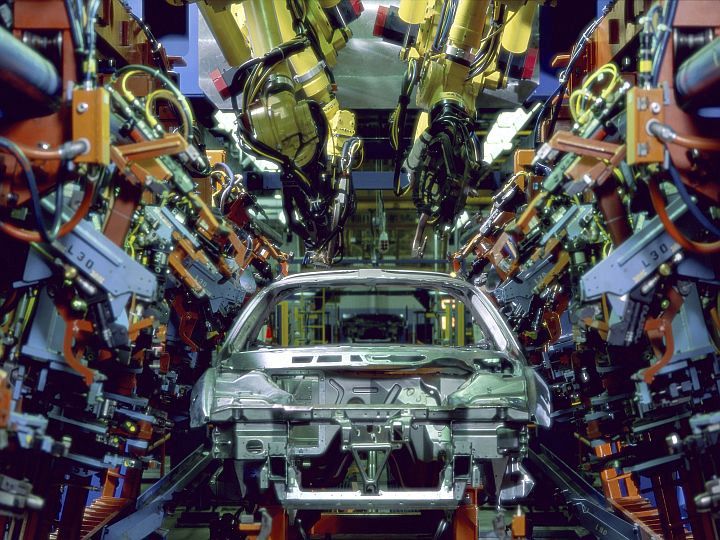The Latest Developments In Electric Vehicle Technology
Electric cars have continued their steady development over the years. With the advancements in battery life and efficiency, their travel distances are now becoming viable for a broad range of business and personal uses.

Just recently, Chevrolet announced the release of their 2017 Bolt series.
The Release of the 2017 Chevrolet Bolt
The release of the much anticipated 2017 Chevrolet Bolt is proving to be a game changer in the word of electric vehicles. This vehicle falls in the middle when it comes to balancing performance with price. The car retails for approximately $29,995 after applicable federal tax credits. As for range, it is able to travel an impressive 238 miles on a fully charged battery. This is a huge increase compared to the 83-mile travel range offered by the Volkswagen e-Golf without a drastic price jump. The Volkswagen e-Golf sells for $21,495 after applicable incentives. The range is slightly less than the 315 miles offered by the Tesla S P100D model. However, the enormous $118,500 price tag of this model is simply out of reach for many American consumers. This careful balance of performance and price is why the Chevrolet Bolt may finally push electric vehicle use into mainstream life. While being budget friendly, the Chevrolet Bolt is still loaded with premium features. For instance, options like heated seats, Bose sound system, and rear camera mirror can be added to any base vehicle purchase. This ensures it will be a great fit for buyers who do not want to sacrifice luxury for performance.
Electric Vehicle Battery Advancements
Part of the reason for the decline in the costs associated with electric vehicles is battery advancements. The gradual decline in electric vehicle battery costs has helped to make the vehicles themselves more affordable for a variety of customers. Since 2010 the average costs of batteries has dropped from $1,000/kWh to roughly $227/kWh. This results in a drastic reduction in the overall costs associated with the vehicle. In addition to the battery production costs reductions, batteries themselves have become more efficient. Overall, most electric vehicles use Lithium-ion batteries. Companies like Tesla have continued to invest heavily in this technology due to the high recharge capacity of these batteries. An example of a prime development in Lithium-ion batteries was made by researchers at Stanford where they made a protective nano layer that expands with the batteries increasing temperatures. However, even with these advancements, there are still many hurdles that electric vehicles must overcome before widespread use.
Hurdles Remain For Widespread Electric Car Use
Even with a lot of electric vehicle advancements, there are still many hurdles that remain for the technology. One of the hurdles many owners must face is the warranty period of the electric car’s battery. Many times this warranty is less than that of the rest of the parts and equipment of the vehicle. Another major hurdle that remains is the lack of charging stations. This limits electric vehicle use to mainly in town trips and other local errands. Until charging stations become widespread, electric vehicle use will still be severely limited. Fortunately, there are places that are working to develop a solution to this problem. The WestSmart EV Project is a prime example. With a grant from the U.S. Department of Energy, the project aims to set up a network of charging stations over 1,500 miles spanning three different states. It will include a network of fast chargers along specific mile markers of the interstate for electric vehicle owners to use.
The Future of Electric Vehicle Use
Thanks to advancements in electric vehicle technology and infrastructure we can expect electric vehicle use to continue to grow. While it is true that electric vehicle charging stations are very limited, the amount of charging stations are continuing to expand nationally. As for battery pack efficiency, researchers are actively working on solutions that increase their capacity while also decreasing production costs. This will continue to help decrease vehicle costs while improving vehicle travel range. In addition to charging station expansion, there will need to be advancements in public transit options to provide last mile transportation to and from existing charging stations. Once this last feat is completed electric vehicle use can truly become widespread for businesses and private use alike.













